How to Read Yarn Labels: New Simple Complete Guide
Learning how to read yarn labels can be overwhelming for beginners. However, understanding the information provided on the label is crucial to choosing the right yarn for your project.
At first glance, yarn labels may seem like a jumbled mess of information, but once you know what to look for, they can be a valuable resource.
When I began crocheting, all the labels looked the same. Feel the same way? When.I began to understand the labels and not just looked at the yarn name, I was more confident when it came to yarn shopping.
The first thing to look for on a yarn label is the weight category. This is usually indicated by a number from 0 to 7, with 0 being the lightest weight and 7 being the heaviest.
This information is important because it tells you how thick or thin the yarn is, which can affect the drape and texture of your finished project. It also helps you determine how much yarn you will need for your project.
Another important piece of information on a yarn label is the fiber content. This tells you what the yarn is made of, whether it’s wool, acrylic, cotton, or a blend of different fibers.
Knowing the fiber content can help you choose a yarn that is appropriate for the type of project you’re working on, as well as your personal preferences and any allergies you may have.
Table of Contents
Understanding Yarn Labels

When it comes to buying yarn, it’s important to know how to read the label to ensure that you’re getting the right type of yarn for your project. Here are some things to look for when reading a yarn label.
Yarn Label
There are several types of yarn labels that you might come across, including:
- Yarn band label: This is the label that’s wrapped around the skein or ball of yarn. It includes important information about the yarn, such as the fiber content, weight, and yardage.
- Front of the label: This is the part of the label that faces out when the yarn is on the shelf. It often includes a photo of the yarn and some basic information about it, such as the brand and color name.
- Specialty labels: Some yarns, such as eco-friendly or hand-dyed yarns, may have additional labels with specific information about the yarn.
Parts of the Label
No matter what type of yarn label you’re looking at, there are a few key pieces of information that you should pay attention to:
- Fiber content: This tells you what the yarn is made of. Common fibers include wool, acrylic, cotton, and silk.
- Weight: This tells you how thick or thin the yarn is. Yarns are typically classified as lace, fingering, sport, worsted, bulky, or super bulky.
- Yardage: This tells you how much yarn is in the skein or ball. It’s important to make sure you have enough yarn for your project, so pay attention to this number.
- Gauge: This tells you how many stitches and rows you should get per inch when using the recommended needle size. It’s important to match the gauge in your pattern to ensure that your finished project turns out the right size.
- Care instructions: This tells you how to care for the yarn and finished project. Some yarns may need to be hand-washed or laid flat to dry, while others can be machine-washed and dried.
By understanding the different types of yarn labels and the information they provide, you’ll be better equipped to choose the right yarn for your project and ensure that your finished project turns out just the way you want it to.
How To Read Yarn Labels
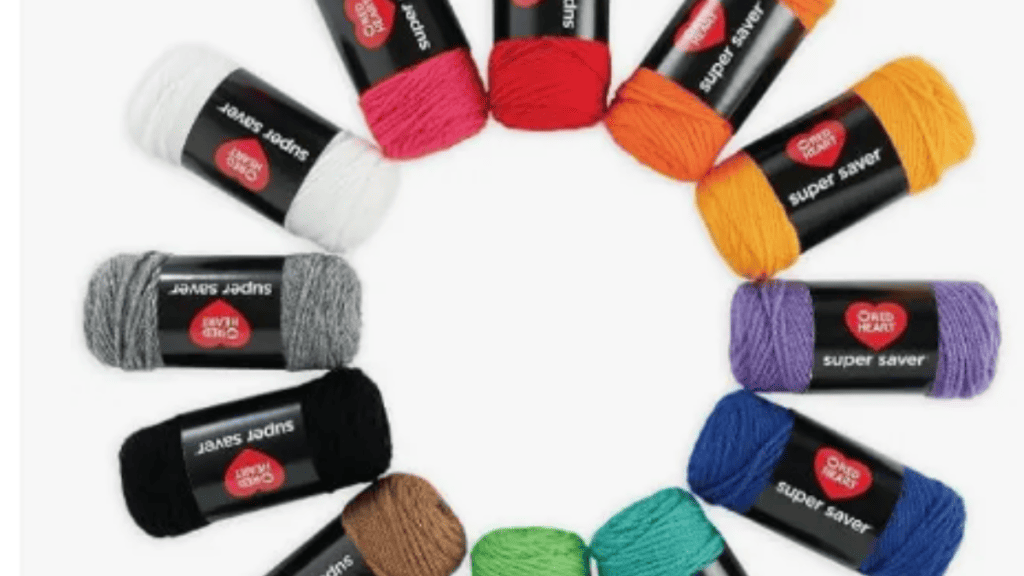
When it comes to reading yarn labels, it can be overwhelming to decipher all of the information provided. However, understanding the details on the label is essential for selecting the right yarn for your project. Here are the key pieces of information to look for:
Fiber Content and Type
The fiber content and type of yarn are usually listed on the label. This information is crucial as it determines the yarn’s texture, drape, and durability. Common fiber types include wool, cotton, acrylic, and silk. Some yarns are a blend of different fibers, which can provide unique properties. For example, a wool and silk blend can offer the warmth of wool with the softness of silk.
Yarn Weight and Length
The yarn weight and length are also listed on the label. Yarn weight refers to the thickness of the yarn and is usually categorized from 0 (lace weight) to 7 (jumbo weight). The length of the yarn is typically measured in yards or meters and can help determine how much yarn is needed for a project.
Gauge Information
Gauge information is crucial for ensuring that your project turns out the correct size. Gauge refers to the number of stitches and rows per inch when knitting or crocheting with a specific yarn and needle or hook size. The label may provide a recommended gauge, which can be helpful in selecting the appropriate needle or hook size.
Care Instructions
The care instructions on the label are essential for maintaining the quality and appearance of the finished project. Different fibers and blends may require different care instructions, such as hand washing or machine washing on a delicate cycle. It is essential to follow these instructions to avoid damaging the yarn or altering the finished project’s size and shape.
Importance of Dye Lot Numbers
When purchasing yarn, it is important to pay attention to the dye lot number. The dye lot number is a unique identifier that represents a specific batch of yarn that was dyed together. Each batch can vary slightly in color, even if the yarn is from the same brand and colorway. This can be especially noticeable when working on a project that requires multiple skeins of the same color.
Different dye lots can be especially noticeable in large projects such as blankets or sweaters. If the yarn is not from the same dye lot, the color can appear to change in different sections of the project. This can be frustrating for the crafter who wants a consistent look.
Dye lot information can usually be found on the yarn label. It is important to record the dye lot number for each skein of yarn used in a project. This will ensure that the same dye lot is used throughout the project, resulting in a consistent color throughout.
In summary, paying attention to dye lot numbers is an important aspect of working with yarn. By keeping track of the dye lot numbers and using yarn from the same dye lot, crafters can ensure a consistent color throughout their project.
How To Choose The Right Yarn
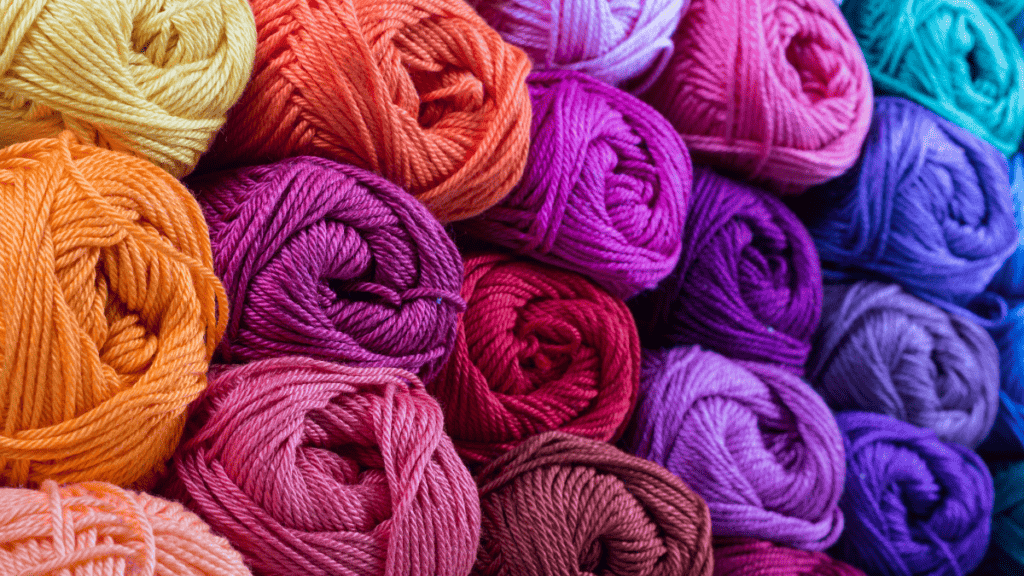
When starting a knitting or crochet project, choosing the right yarn is crucial. The right yarn can make all the difference in the final product, from texture to drape to color. Here are some considerations to keep in mind when selecting the best yarn for your project.
Knitting Yarn
For knitting projects, it’s important to choose a yarn that will hold its shape well and won’t stretch out over time. Here are some factors to consider:
- Fiber content: Wool and wool blends are great for knitting projects, as they have good elasticity and hold their shape well. Acrylic yarns can also work well and are often more affordable than natural fibers.
- Weight: The weight of the yarn will determine the thickness of the final product. Be sure to choose a weight that matches the pattern you’re using.
- Texture: Consider the texture of the yarn and how it will affect the final product. Smooth yarns will give a clean look, while textured yarns can add interest and dimension.
Crochet Yarn
When crocheting, it’s important to choose a yarn that will hold its shape but also have good drape. Here are some factors to consider:
- Fiber content: Cotton and cotton blends are great for crochet projects, as they have good drape and are easy to work with. Acrylic yarns can also work well and are often more affordable than natural fibers.
- Weight: The weight of the yarn will determine the thickness of the final product. Be sure to choose a weight that matches the pattern you’re using.
- Texture: Consider the texture of the yarn and how it will affect the final product. Smooth yarns will give a clean look, while textured yarns can add interest and dimension.
Remember, there is no one “perfect” yarn for every project. It’s important to consider the specific needs of your project and choose a yarn that will work best for you.
Estimating Yarn Quantity
When starting a new project, it’s important to estimate the amount of yarn needed to avoid running out in the middle of it. Here’s how to estimate yarn quantity for small and large projects.
For Small Projects
For small projects, such as hats or scarves, one skein or ball of yarn is often enough. However, it’s always a good idea to check the label for the recommended amount of yarn needed for the project. If the label doesn’t provide this information, a general rule of thumb is to estimate about 50-100 grams of yarn for a small project.
For Large Projects
For larger projects, such as sweaters or blankets, it’s important to accurately estimate the amount of yarn needed. The label will typically provide this information, but if not, there are a few ways to estimate the amount of yarn needed.
First, determine the weight of the finished project in grams. Then, check the label for the weight of one skein or ball of yarn in grams. Divide the weight of the finished project by the weight of one skein or ball to determine how many skeins or balls are needed.
Another method is to use a yarn calculator, which can be found online. Simply input the weight of the finished project and the weight of one skein or ball of yarn, and the calculator will provide an estimate of how many skeins or balls are needed.
Overall, estimating yarn quantity is an important step in any project. By using the label and a few simple calculations, you can ensure that you have enough yarn to complete your project without running out.
Yarn Companies
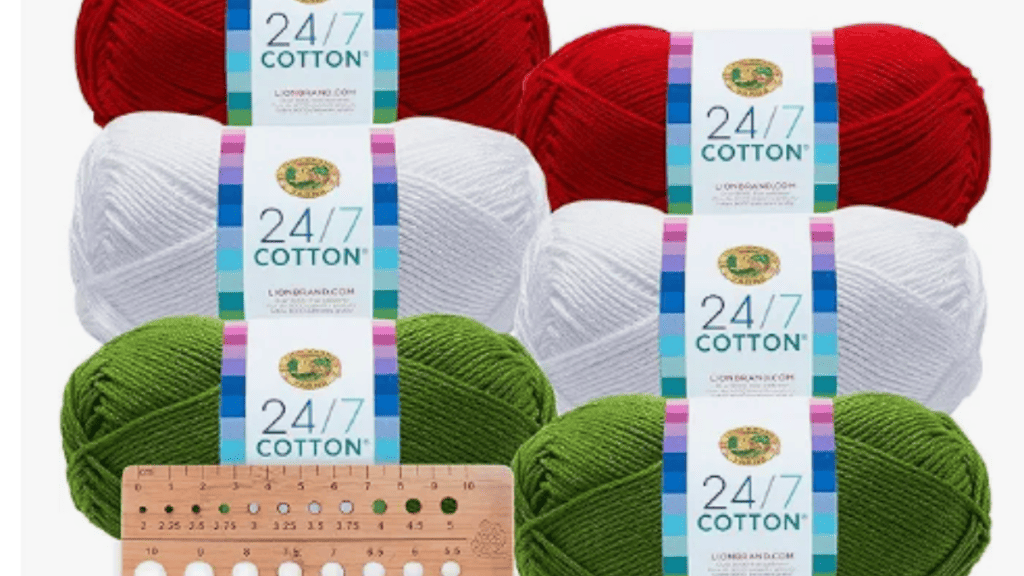
When it comes to buying yarn, there are many popular brands to choose from. Each brand has its own unique way of labeling their yarn, but there are some common elements that you can expect to find on most yarn labels.
One popular brand is Lion Brand Yarn. Their labels include information such as the yarn weight, fiber content, yardage, and care instructions.
They also provide a color number and dye lot number, which is important if you need to buy more yarn to complete a project.
Other popular yarn brands, such as Red Heart and Bernat, also include similar information on their labels. They may also include additional details such as gauge information, recommended needle size, and suggested project ideas.

Check Prices For Red Heart Yarn
It’s important to pay attention to the information on the label, as it can help you determine if the yarn is suitable for your project and how to care for it properly.
For example, if the label says the yarn is machine washable, you can safely wash it in the washing machine without worrying about damaging it.
I, personally, use both Red Heart and Lion brand yarn for most of my projects. I find them on Amazon and Etsy and at my local craft store easily.
Common Misunderstandings and Troubleshooting

When reading yarn labels, there are a few common misunderstandings that can cause confusion. One of the most common is the weight of the yarn.
Many people assume that the weight refers to the physical weight of the yarn, but it actually refers to the thickness or diameter of the yarn.
This can be confusing when trying to match yarns for a project, so it’s important to pay attention to the weight category listed on the label.
Another common misunderstanding is the fiber content of the yarn. Some people assume that all yarn is made from wool, but there are many different types of fibers used in yarn, including cotton, acrylic, and silk.
It’s important to pay attention to the fiber content listed on the label to ensure that the yarn is suitable for your project and meets any specific requirements you may have.
If you’re having trouble reading a yarn label, there are a few troubleshooting tips you can try. First, make sure you’re holding the label right-side up.
It may seem obvious, but sometimes labels can be difficult to read if they’re upside down or turned around. If you’re still having trouble, try using a magnifying glass or holding the label up to a light to make the text easier to read.
Finally, it’s important to remember that yarn labels can contain a lot of information, but not all of it may be relevant to your project.
Focus on the information that is most important, such as the weight, fiber content, and recommended needle or hook size. If you’re unsure about any of the information on the label, don’t hesitate to ask for help from a knowledgeable salesperson or fellow crafter.
Yarn Weight Chart
Make sure and download the handy yarn weight chart and read more about it. I keep my yarn weight chart handy on my computer.
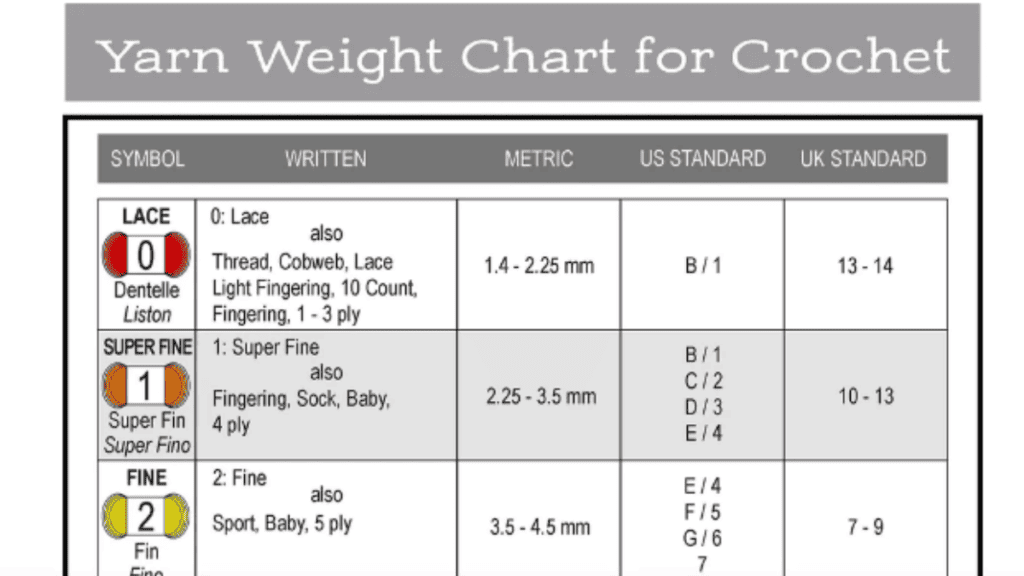
Download Yarn Weight Chart
Crochet Pattern
Here are a few of our favorite crochet patterns.
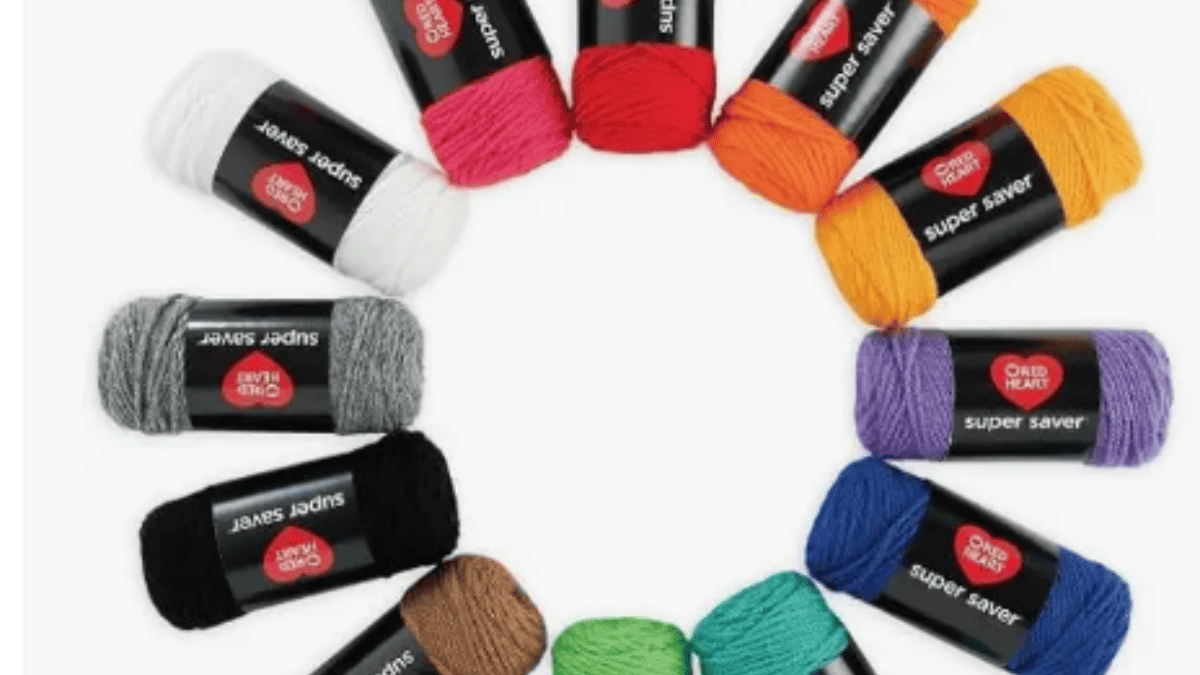
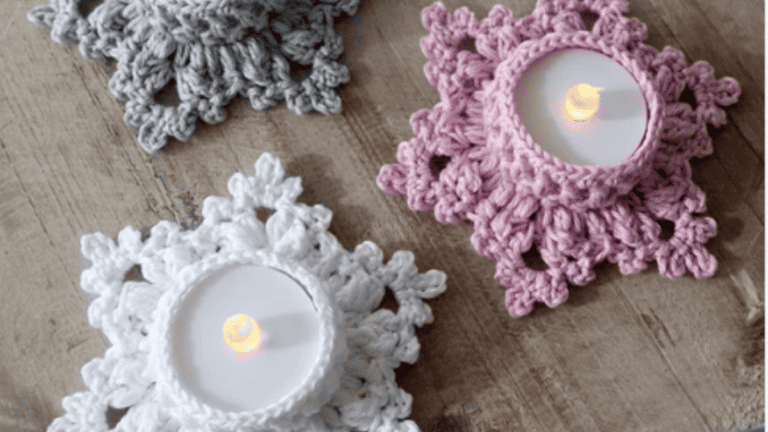
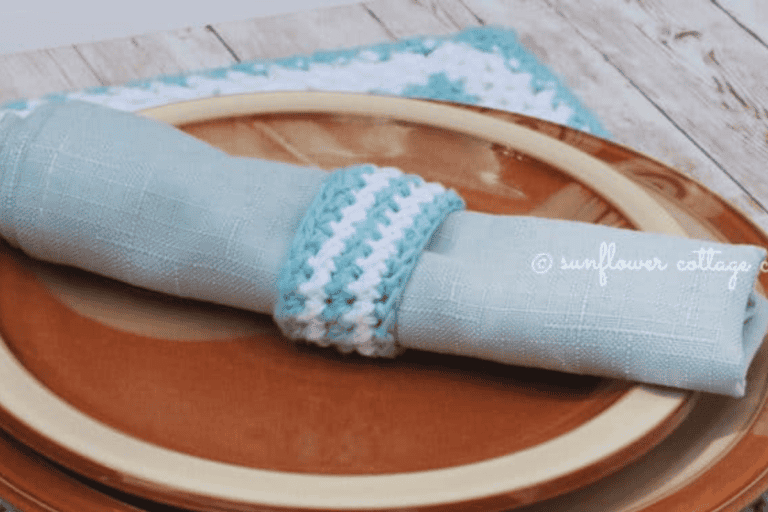
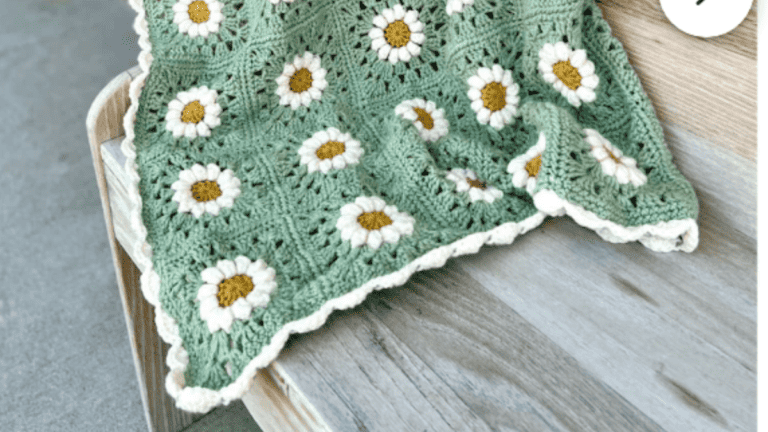
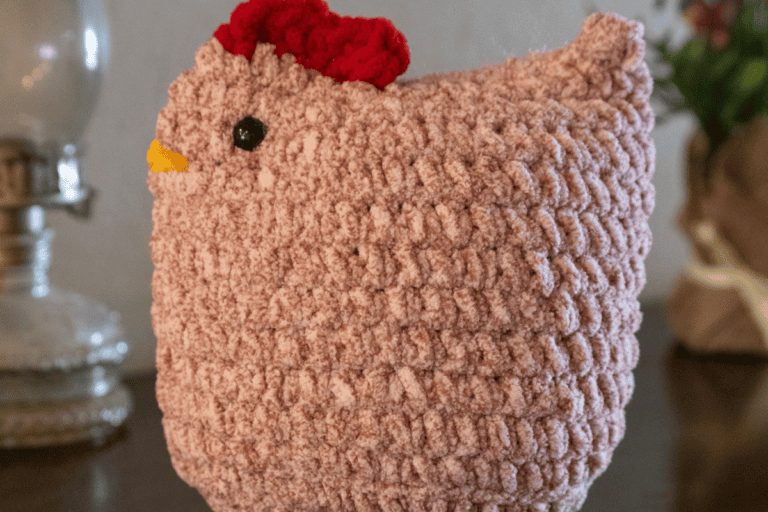
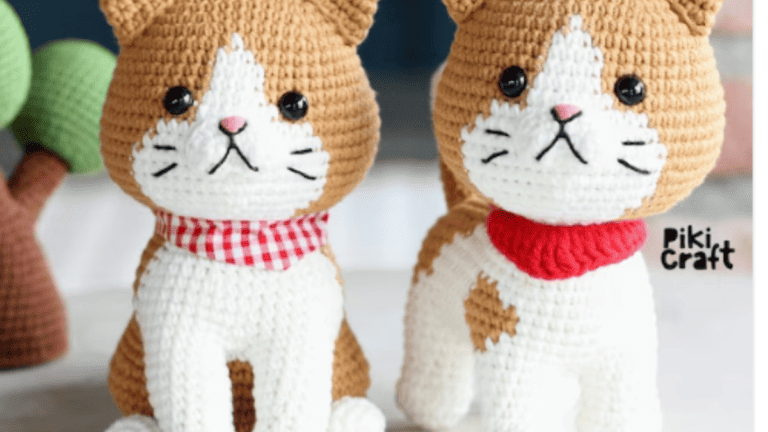
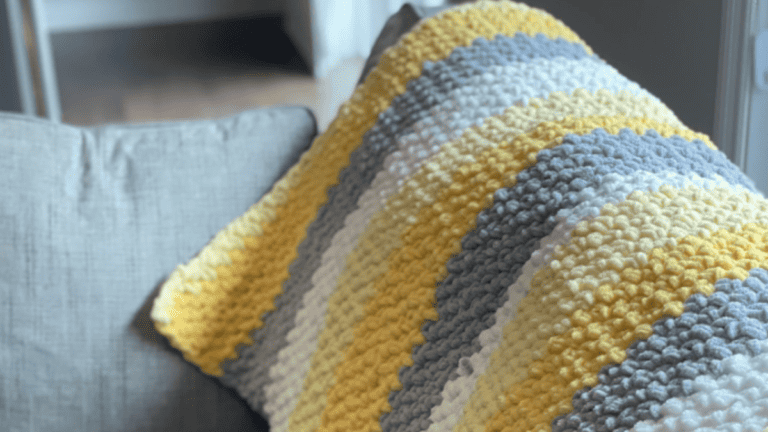
5 Comments